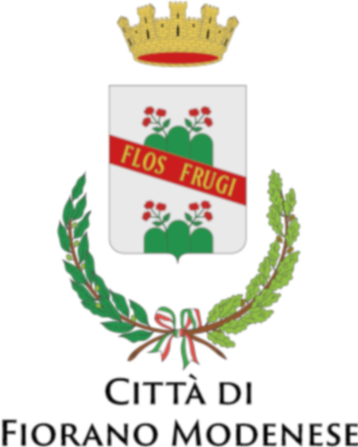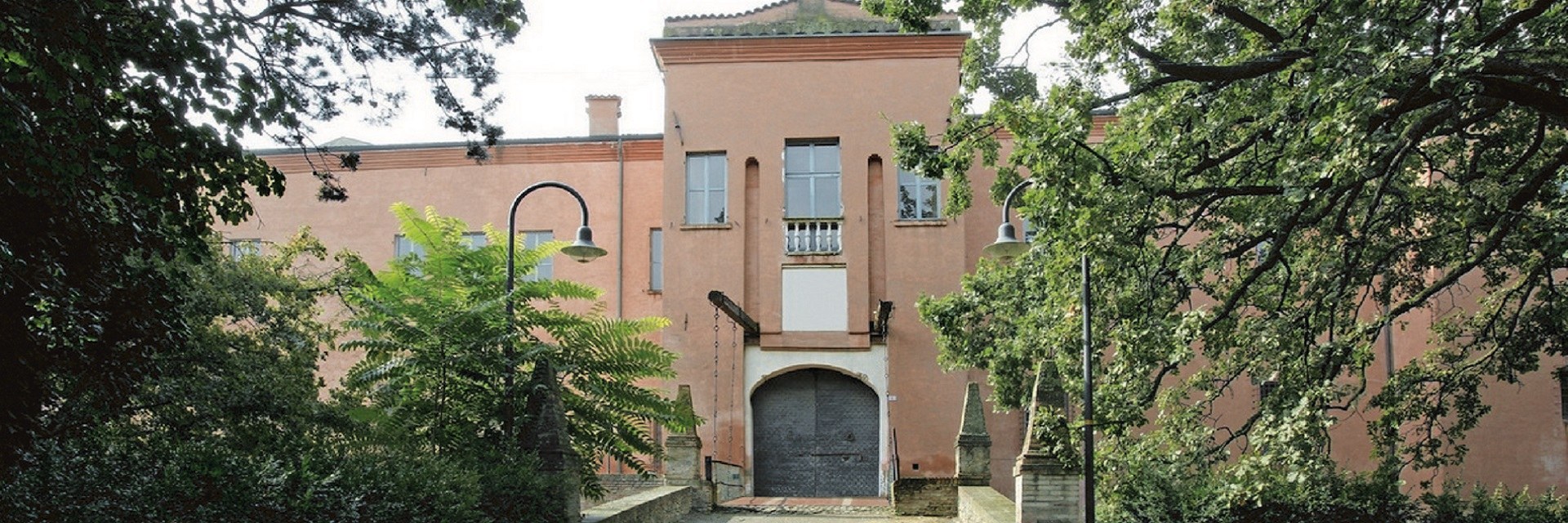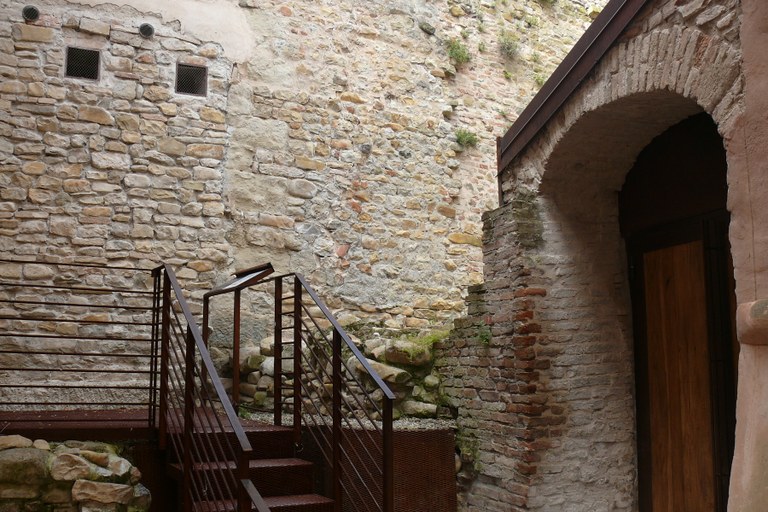
The ancient fort. Castro Spezani
The first mention of the ancient fort of Spezzano dates to 1228, in a list of the Charters of the municipality of Modena. The castle, which was probably already present in the XI century, formed part of the fortified system of the first hill of Rocca S. Maria, Fogliano, Nirano, Torre delle Oche, Fiorano. It is possible to visit the ruins of an ancient tank at the tower destroyed by an earthquake in 1501, with access from the south-west corner of the courtyard.
In the early Middle Ages, under the lordship of the Da Spezzano family and then the Da Castello family, it probably had a first fortified wall, a keep, one or two towers, several houses, a well, granaries and crop storage rooms. The entrance on the north side was via a drawbridge, after the moat was built in the fourteenth century. The chapel of Sant’Agata was located at the entrance, but was demolished by Marco III Pio in the second half of the sixteenth century.
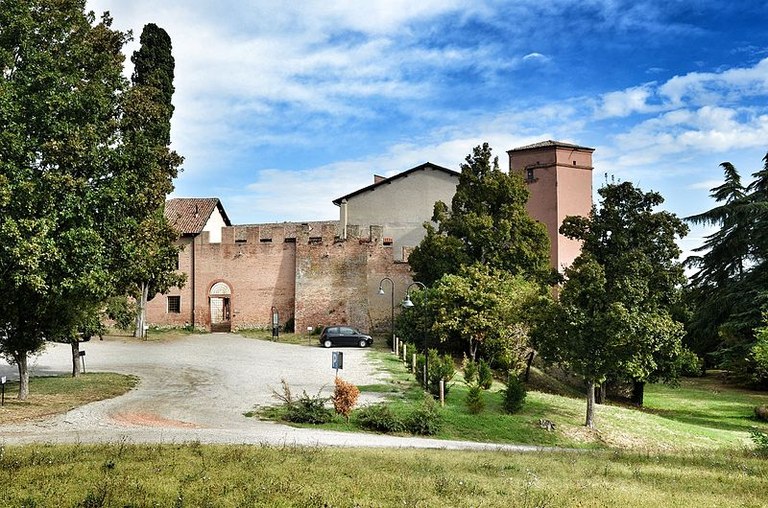
Photo by Simone Pintori
The castle in the fourteenth century
A place of defence and refuge of the local populace, Spezzano successfully resisted attacks and sieges during the wars of the fourteenth century, such as the one in 1355, during which the Este troops were unable to storm it and take it for the Visconti family, who had dominion over it.
The ruins of a water tank emerged during restorations, built alongside the south-west tower, which was destroyed by an earthquake on 5 June 1501: " a Spezan si è caschà la tore dove steva il podestà". The ruins are visible in the outdoor archaeological area.
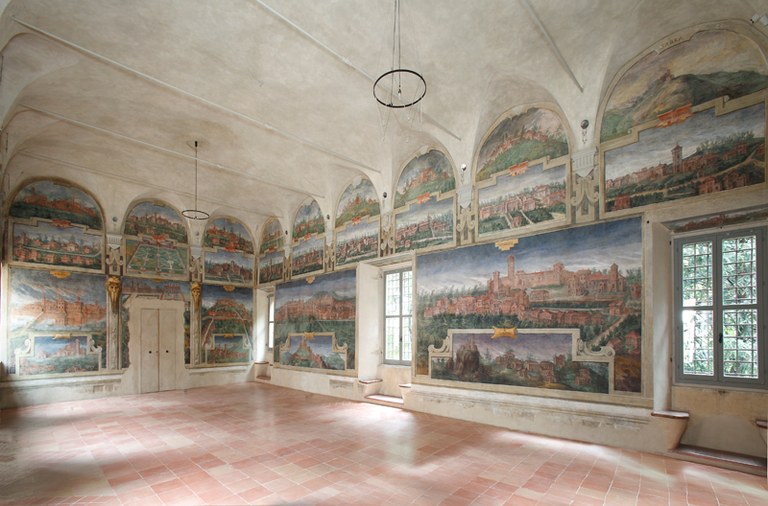
Pio di Savoia Palace - El palazo di Spezan
In 1395, Marquis Alberto d’Este enfeoffed the castle to Marco Pio, lord of Carpi. In the early years of the sixteenth century, Alessandro Pio di Savoia reorganised the State of Sassuolo, establishing one of the five mayoral seats in Spezzano Castle.
With the lordship of the Pio di Savoia family, the castle became the residence of the lord and the political, administrative and legal centre of the town and no longer a Medieval fort.
In the early decades of the sixteenth century, in fact, on the “castle walls” surrounding the castle in the western and northern parts, work started on the Palace of the Pio family, at the behest of Enea Pio in 1529.
On the ground floor, in the last room of the west wing, there is a wooden ceiling decorated with multicoloured tiles depicting coats of arms, the initials of Enea Pio and the date 1531, which is probably the date when the first stage of construction of the palace was completed. There is also the Gallery of Battles and its cycle of paintings and, in the Old apartment, known as the apartment of Clelia and Marco, the bedroom with the double coats of arms.
The work recommenced in 1587, when Marco III Pio obtained the State of Sassuolo: it included the beams painted with gold letters with the word "Marcus Pius de Sabaudia Saxoli dominum et cetera" on the antique doors on the first floor and the extraordinary Room of Views on the ground floor.
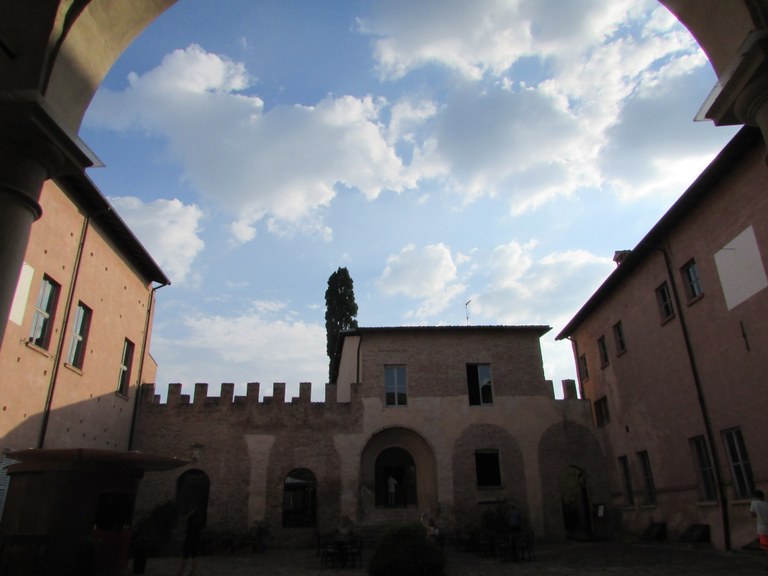
The lordship of the Marquises of Coccapani
Marco Pio di Savoia died in 1599 and, after a brief period under the governorship of the Este family, Spezzano Castle was enfeoffed to the Marquis Guido Coccapani in 1629 and remained with the family until 1796. The castle also served as the place for meetings of the community during this period. In the so-called “Council” Room, the council met in the presence of the magistrate to elect the rulers and officials of the council and to discuss the affairs of the local community. There was also a court or Praetorium inside the castle, where the magistrate sat to administer justice, and the judge’s rooms alongside. The castle had four dungeons, located at the bottom of the two towers, on the south side and inside the magistrate’s residence.
The so-called “pavaglione”, the market of “follicelli” or silkworms, was held in the courtyard, particularly in the eighteenth century. The east wing housed the storerooms and granaries before the building work at the end of the eighteenth century.
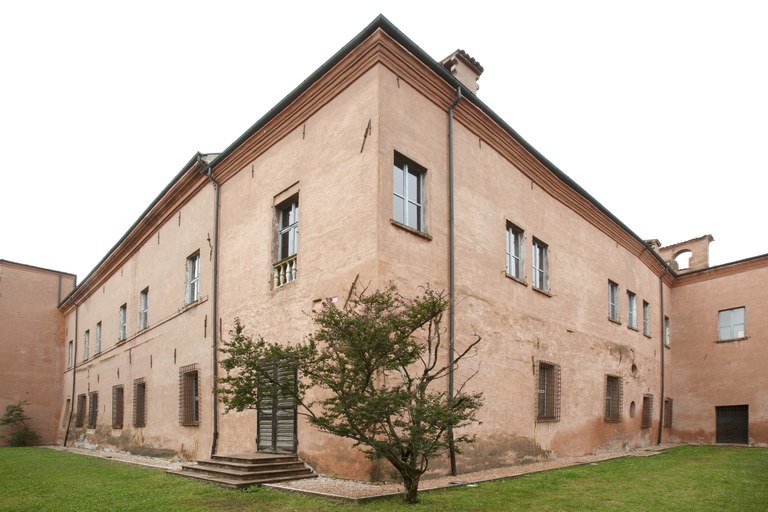
From National Palace to nobleman’s country villa
In 1797, the castle became “Rocca or Palazzo Nazionale”. This marked the beginning of its conversion into a sumptuous nobleman’s country villa.
In 1810, Spezzano Castle once again became the private residence of the Coccapani Imperiali family, who extended and restored it: it was given a new façade on the south side, with a surrounding castle wall with Guelph battlements and the main service residence, now used as the restaurant and the custodian’s residence.
Spezzano Castle remained in the Coccapani Imperiali family until the end of the nineteenth century, when it was inherited by Count Pignatti Morano. The castle was purchased by Fiorano in 1982, which immediately started restoration work.
